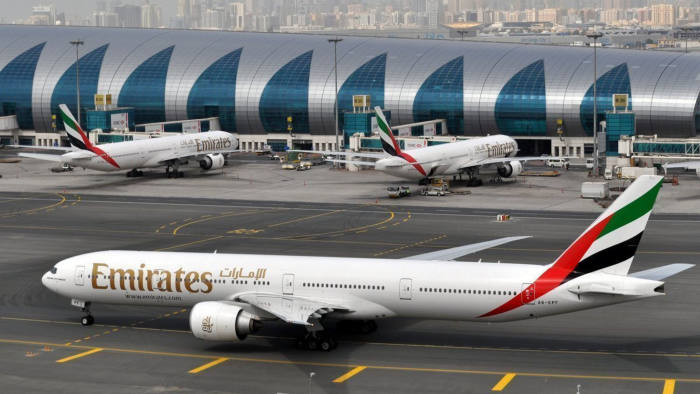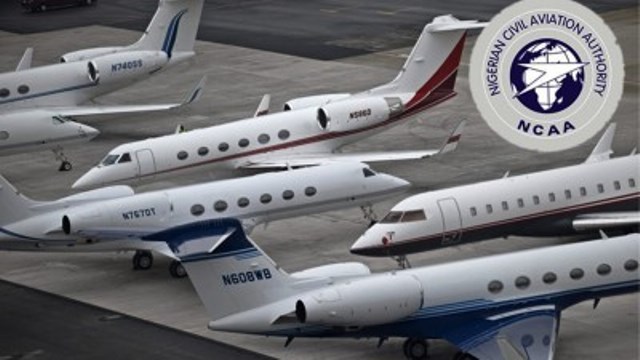Despite the COVID-19 pandemic shocks, global air travel is beginning to show serious signs of recovery, with the air travel market projected to grow from $332.9 billion in 2020 to $744 billion by 2026.
According to industry statistics, the global airline market is developing at a cumulative annual growth rate (CAGR) of 12.7% for the predicted period. According to research, connection, aircraft automation, global wealth, immersive worlds, jet propulsion progress, fluid formats, new energy planes, healthy habitats, and hyper-personalisation will drive growth in the post-COVID-19 period, with a focus on the future of flying.
According to the study, there will be a need to package the consumer experience differently and make significant changes to the current system, recognizing the need for smart cabin components with integrated sensors, which are expected to play a critical role in redesigning the way passengers interact with the environment.
According to the survey, another decisive element is responsive and responsible cabin modifications to dynamic passenger expectations, such as comfort, ambience, intelligent seats, and activity zones.
According to the survey, technology will continue to be used to learn customer behaviour and preferences to seamlessly put customisations aboard. Passenger airlines, one segment of air transport activity, are expected to increase at a 15.2% CAGR to $587.8 billion by the conclusion of the research period.
The Freight Airline category has been readjusted to a revised 6.7 per cent CAGR for the next seven years. This market sector accounts for 34.2% of the worldwide airline market.
In 2021, the airline market in the United States is expected to be worth $79.8 billion. The country has an 18.79% share of the worldwide market. China, the world’s second-largest economy, is expected to reach a market size of $142.8 billion in 2026, with a CAGR of 15.9 per cent throughout the analyzed period
Other notable global markets include Japan and Canada, which are expected to increase by 9.7 per cent and 10%, respectively, throughout the analyzed period.
Within Europe, Germany is expected to develop at a CAGR of around 11.7 per cent, while the remainder of the European market is expected to reach $148 billion by the end of the research period.
The Global Freight Sector category is valued at $113.6 billion in 2020 and is expected to increase to $170.6 billion by 2026, representing a compounded annual growth rate of 6.7% throughout the study period.
Europe is the most important geographical market for the Freight category, contributing to 24.5% of worldwide sales in 2020. China is poised to register the fastest compounded annual growth rate of 8.8 per cent over the analysis period, to reach $26.3 billion by the close of the analysis period.













